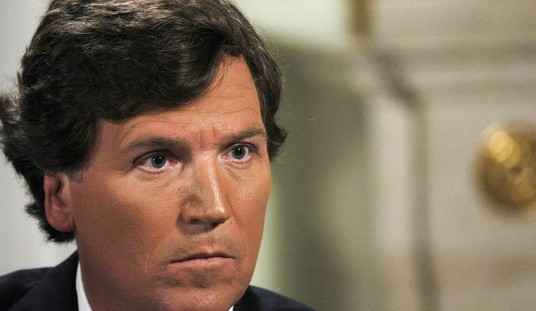We conservatives complain about media bias all the time. Sometimes when people on the right carp about the media’s coverage of the GOP, they look like the boy who cried wolf. But occasionally we see an example of bias so egregious that it’s worth pointing out.
Witness two New York Times articles from this past Sunday. The first article covers the gubernatorial race in Georgia. The headline: Georgia Governor Candidate Caught Saying He’s in Race to Be the ‘Craziest.’
The candidate in question is current Lieutenant Governor Casey Cagle. His comment came from a recording that former candidate Clay Tippins made of him. Tippins released part of the recording last month, and it put Cagle in hot water over his support of a school choice measure in order to divert one foundation’s dollars away from another rival candidate.
A second snippet of the recording catches Cagle in an honest assessment of the race:
In a private conversation secretly recorded in May and made public on Monday, Casey Cagle, the Republican lieutenant governor, was captured criticizing the over-the-top tone of his party’s primary. He said that it had become focused on “who had the biggest gun, who had the biggest truck, and who could be the craziest.”
And in a way he’s right. One candidate, Michael Williams, performed stunt after stunt, including a “deportation bus,” which he paraded around the state until it broke down. Williams only received five percent of the votes in the primary.
Brian Kemp, the current secretary of state and Cagle’s opponent in the runoff, has thrived off a series of humorous ads that highlight his folksy persona. But the Times has seized on Kemp’s commercials in order to make him look like a buffoon — along with the rest of Georgia’s conservatives.
The word “deplorable” pops up in the article, reminding readers of Hillary Clinton’s 2016 take on Trump’s adherents, as well as the asinine embrace of the word by some of those same supporters. The author quotes a former professor at the University of Georgia (Kemp’s alma mater) who says that Kemp’s ads constitute “a form of identity politics that appeal to white Georgians.”
Cagle faces his own issues of integrity, but you won’t read about that in the article. (For what it’s worth, Cagle carries the endorsement of Governor Nathan Deal, who has sold conservatives down the river time and time again in the name of courting big business.) In fact,the only one who comes out looking normal in the article is Stacey Abrams, the far-left Democrat who will face either Kemp or Cagle in November.
Contrast the article on Georgia’s gubernatorial race with the second article, which covers the Democrats who are putting out feelers for 2020. The Times profiles Senators Elizabeth Warren (D-Mass.), Cory Booker (D-N.J.), Kamala Harris (D-Calif.), and Bernie Sanders (I-Vt.), along with former Vice President Joe Biden.
All of these politicians have embraced far-left policies and ideas, but you’d never know from the article that any of them (with the possible exception of Sanders, and even the authors even portray him as a maverick firebrand) advocated controversial or provocative ideas. Instead, we’re supposed to see them as a group of hopefuls waiting to electrify the electorate:
All five have been traveling the country, raising money for Democrats and gauging the appeal of their personalities and favorite themes. As a group, they are a strikingly heterogeneous array of rivals for Mr. Trump, embodying the Democratic Party’s options for defining itself: They are distinguished by gender and race, span three decades in age and traverse the ideological and tonal spectrum between combative Democratic socialism and consensus-minded incrementalism.
The article portrays Warren as a “clear and rousing” unifier, Harris as the best hope for an African-American female president, Booker as an exciting young politician, and Sanders and Biden as wise, well-connected elder statesmen. Nothing close to crazy here.
There’s absolutely nothing in the story that suggests that certain segments of the population may object to predatory taxation, growing government, or outright socialist ideas. The whole article is a puff piece about a group of politicians who appear hopeful, and nowhere do the authors acknowledge that this crop of Democrats leans farther to the left than anyone this nation has seen since the 1970s.
These two stories provide an interesting study in contrasts: how America’s paper of record sees fit to portray a pair of mainstream GOP politicians with a group of Democrats who have doubled down on their far-left activist fringe. The New York Times may have shown us bias at its worst with this pair of articles.










Join the conversation as a VIP Member